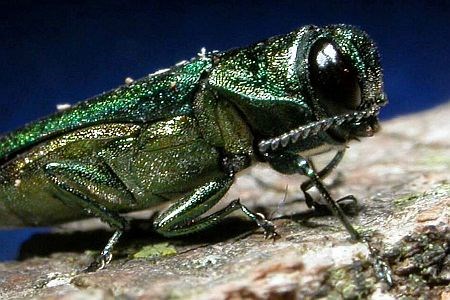Long-awaited federal money for an Invasive Species Centre in Sault Ste. Marie has finally arrived.
Federal Natural Resources Minister Lisa Raitt delivered a $13.4 million cheque to the Great Lakes Forestry Centre (GLFC), July 21, to establish a research wing to combat alien marine and plant invasive species in Canada.
At a press conference in the Sault it was announced the federal money will be spread out over two years with $4.4 million specifically earmarked to modernize a waterfront building at the GLFC campus.
In a statement, Raitt said the centre will create jobs to help protect Canada's natural resources for the future. “By utilizing our talented scientists in Sault Ste. Marie, we are ensuring that Canada remains a world leader in finding ways to detect, contain and control invasive species.”
The centre's role will be to combat alien invasive species that threaten Canada's naturally growing plants, wild and marine life, and ecosystems.
This money comes well after the Ontario government set aside $15 million for the centre in its 2008 budget.
Provincial Natural Resources Minister Donna Cansfield said the centre will coordinate provincial, national and international efforts to “check the spread of terrestrial and aquatic invading species” that impact ecosystems.
Sault MP Tony Martin congratulated the Federal Minister of Natural Resources and Ottawa for “listening to calls” for funding.
“We have one of the countries top research centre's located in Sault Ste. Marie and there is no doubt they will continue to do great work in this area.”
It is unclear how many research jobs will be created or what Algoma University's role will be. The university is establishing an Invasive Species Research Institute on campus and plans to build a new biosciences and technology convergence centre with a $16 million investment from two joint federal-provincial infrastructure programs. The university predicts a minimum of 106 knowledge-based jobs will be created on campus within five years.




